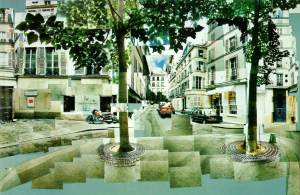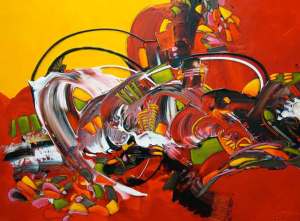I know that some of you are subscribed, but maybe not all? Spread the word if need be. The last call for registration for the ATC went out, so in a day or so we should find out how many cards we need to make. I’d be happy to meet with anyone who wants to share ideas or ask for help in figuring out how to do anything sometime early in the summer. If you wanted to do something like that, those who wanted the help should all meet at once…at Starbucks or something. I’d bring those cards from previous years I never got to show you and we could discuss what you are doing, and what could make it easier.
Remember that participation in this show is the only thing I am expecting from you this summer, but your IWB should reflect your process, and this gives you an opportunity to also attend and be involved in an art project that connects our community. Lots of great stuff to be reflected and recorded here.
One way or the other, we’ll see you at the event. Enjoy your summer!
and don’t forget your EE over the summer, I know your rough draft is to be in by September 19 (ick)









